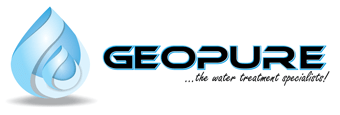WATER HYGIENE & LEGIONELLA
CONTROL SERVICES
Ensuring your premises are safe and keeping you compliant with regulations

Design & Fabrication of Filtration & Dosing Systems
Water Testing
Services
Tank Cleaning &
Relining
Chemical
Supplies
Legionella Risk
Assessments
Compliance
Training
Monitoring
Programme
Cooling Towers &
Evaporative Condensers

LEGIONELLA RISK
ASSESSMENTS
Our Legionella risk assessments are provided by
experienced and well trained Legionella Risk Assessors.
We provide legionella risk assessments and reviews to
cover any building or work place environment.
Whether you need to conduct a programme of legionella
risk assessments across a portfolio of properties in the
UK or have a single site GeoPure are here to help.
